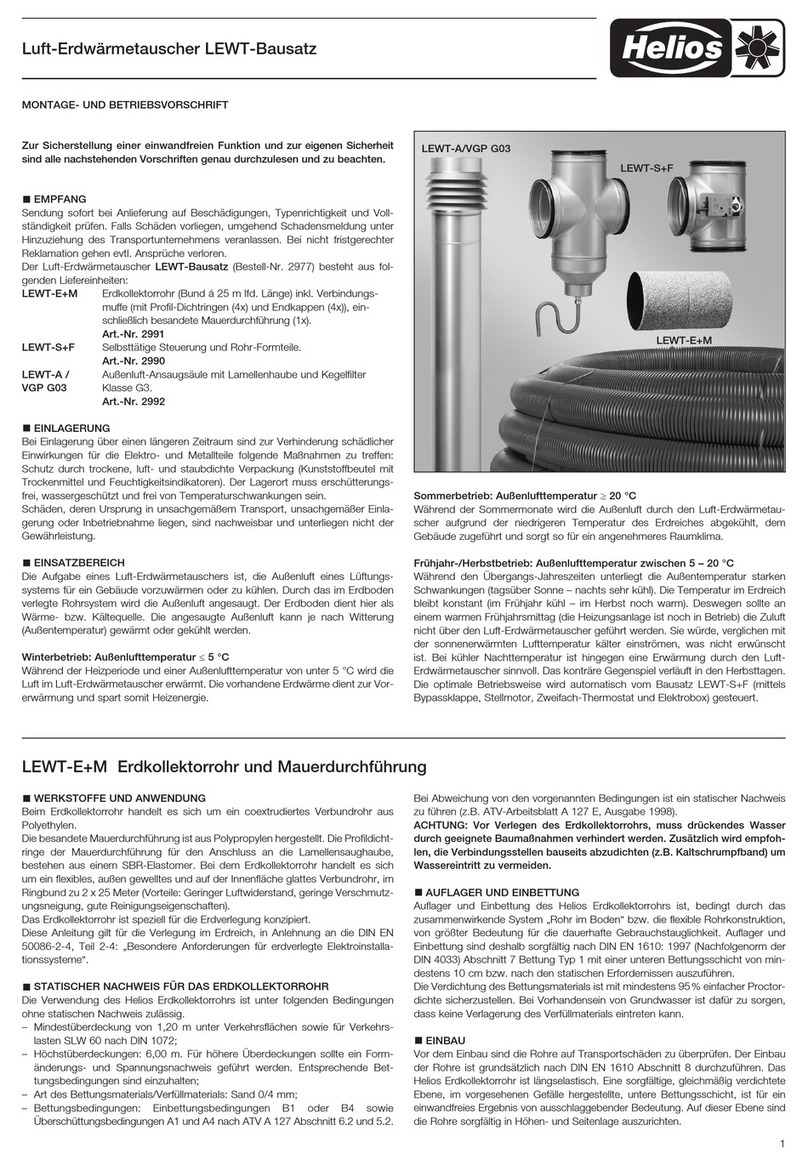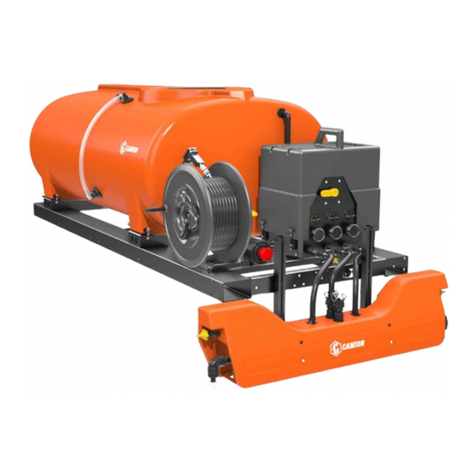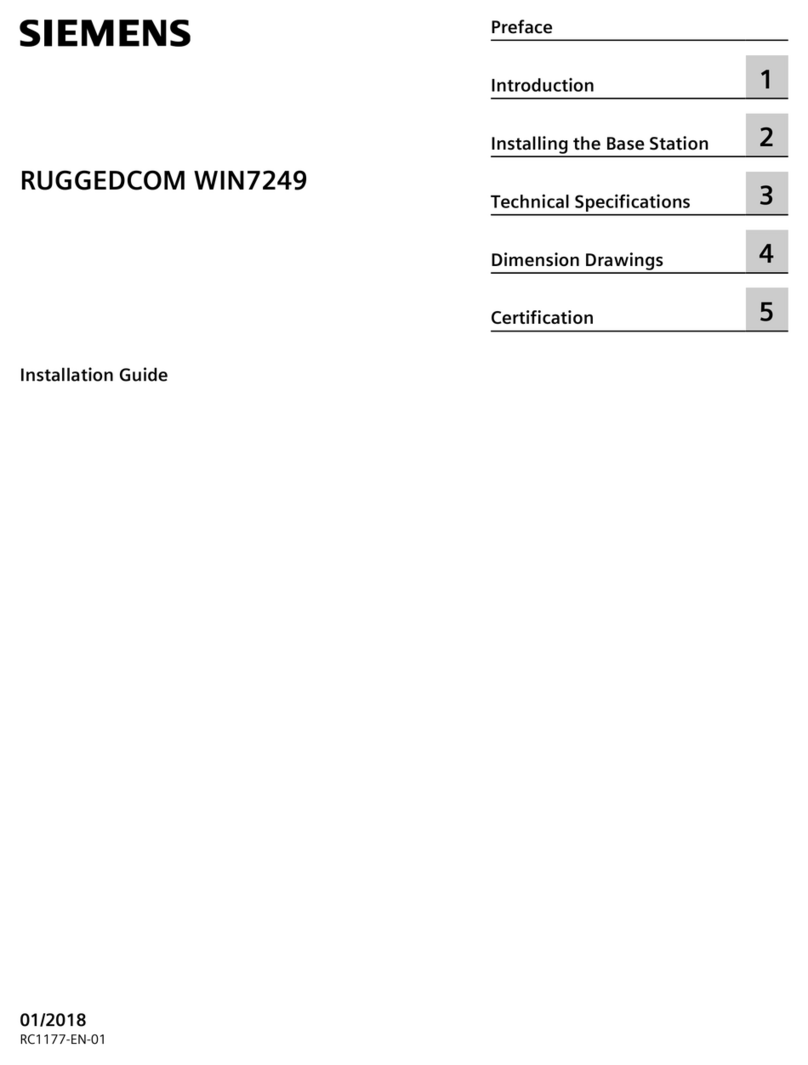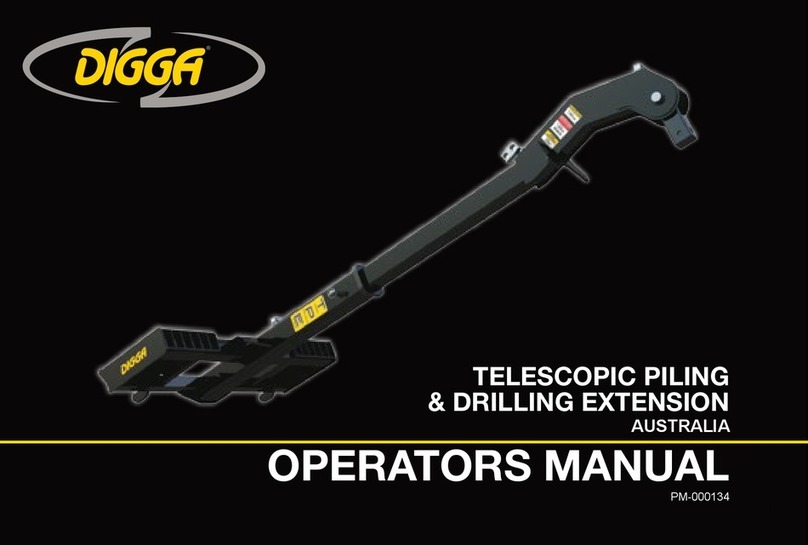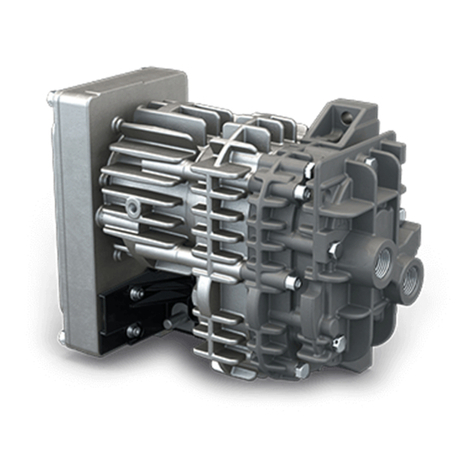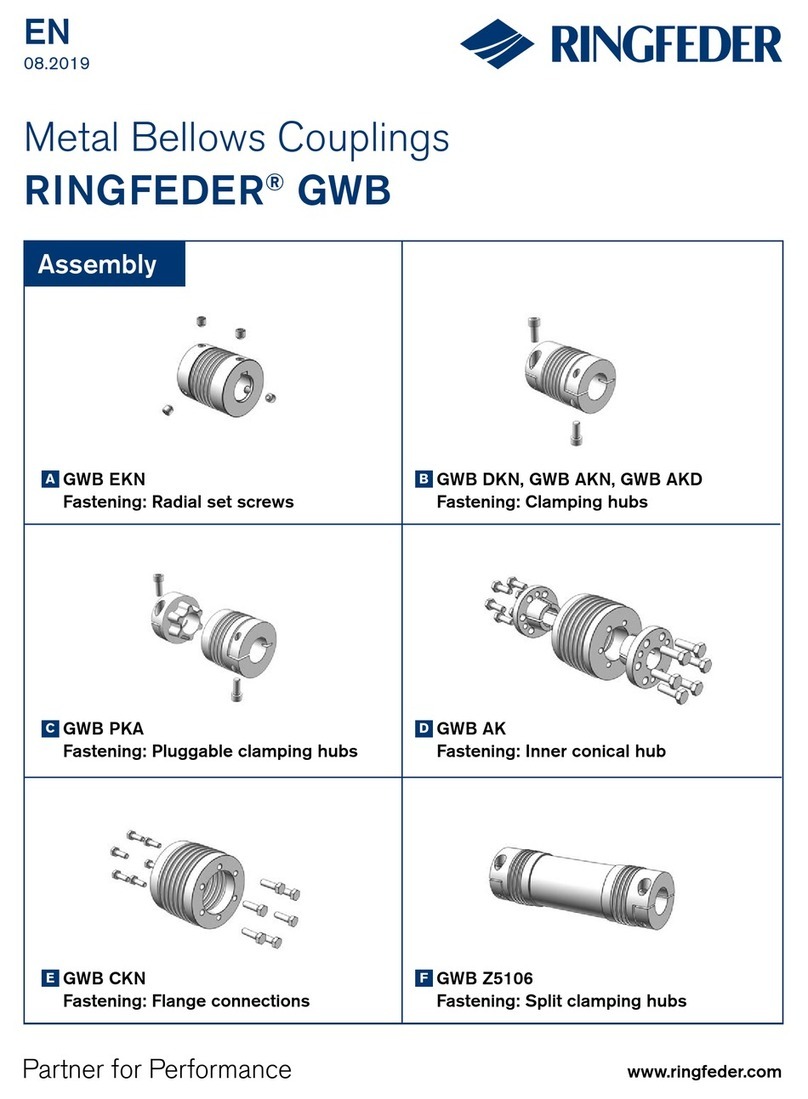Tecno AZIMUT 8 EQUIPMENT User manual

Use and Maintenance Manual
Rev.01
Date : September 2020
Page 1 of 101
USE AND MAINTENANCE MANUAL
MODEL
MOD L – TYP
AZIMUT 8 EQUIPMENT
MOD L – TYP
TIS NUMBER
TIS NUMB R –TIS Nr.
TIS
TIS – N° D TIS
CODE
COD –KOD X
COD – CODIGO

Use and Maintenance Manual
Rev.01
Date : September 2020
Page 2 of 101
Contents - Operation and Maintenance Manual
1
INTRODUCTION ................................................................................................................ 6
2
INTRODUCTION ................................................................................................................ 7
2.1
Machine identification markings ...................................................................................... 7
2.2
quipment Technical data Sheet Fig.C.1 N 1501-1:2011 + A1:2015 ( xample) ............. 8
2.3
quipment Technical data Sheet Fig.C.2 N 1501-1:2011 + A1:2015 ( xample) ............. 9
2.4
Declaration of C conformity ......................................................................................... 10
2.5
Noise Values ................................................................................................................... 11
2.6
Vibration Values ............................................................................................................. 13
2.7
Use and safe keeping of the Instructions Manual .......................................................... 15
2.8
Signs and C marking ..................................................................................................... 17
2.8.1
C mark plate ................................................................................................................. 17
2.8.2
Arms closure sticker ........................................................................................................ 18
2.8.3
Sticker "Do not stand under moving parts".................................................................... 18
2.8.4
“Safety Bar” sticker ........................................................................................................ 19
2.8.5
Sticker “Do Not sit on the equipment” ........................................................................... 19
2.8.6
Sticker “Do Not climb on the equipment” ...................................................................... 19
2.8.7
Sticker "Hydraulic oil level" ............................................................................................ 20
2.8.8
Sticker “ quipment lifting” ............................................................................................. 20
2.8.9
Instructions for high-pressure washing in areas where stickers are applied ................. 20
3
PART A: SAF TY R QUIR M NTS AND INFORMATION .................................................. 21
3.1
Warnings for the driver and operators .......................................................................... 21
3.2
nvisaged conditions of use ........................................................................................... 22
3.3
Containers envisaged ..................................................................................................... 24
3.4
Forbidden conditions of use ........................................................................................... 25
3.5
Use limitation ................................................................................................................. 26
3.6
Notes concerning general behaviour ............................................................................. 27
3.7
Safety warnings .............................................................................................................. 28
3.8
Personnel training .......................................................................................................... 32
3.9
Safety devices ................................................................................................................. 34
3.9.1
List of Devices ................................................................................................................. 34
3.10
Location of the main safety devices ............................................................................... 36
3.10.1
Mechanical device to lock the dump body when lifted .................................................. 36
3.10.2
Device to halt all manoeuvres in the event of emergency: MUSHROOM STOP BUTTON36
3.10.3
Release device: yellow button ........................................................................................ 38
3.10.4
PTO engaged signalling device ....................................................................................... 38
3.10.5
Device that disengages the PTO if the clutch is pressed (with chassis-cab equipped
with manual gearbox) .................................................................................................... 39
3.10.6
Hydraulic bin locking unit ............................................................................................... 39
3.10.7
Tank Raised signalling device ......................................................................................... 40
3.10.8
Stabilizers correctly raised signalling device .................................................................. 40
3.10.9
Tank raising blocking device with AVC outside the machine's footprint. ...................... 41
3.10.10
Hydraulic circuit maximum valve ................................................................................... 42
3.10.11
Compacting stop device with hatch open (if present) .................................................... 42
3.10.12
Balancing valves on the AVC movement cylinders ......................................................... 43

Use and Maintenance Manual
Rev.01
Date : September 2020
Page 3 of 101
3.10.13
Check valve on the tank lifting cylinder .......................................................................... 44
3.10.14
Check valve on the stabilisers' cylinders ......................................................................... 45
3.10.15
Slider cylinders protective casing ................................................................................... 45
3.10.16
Two-hand control device for AVC activation .................................................................. 46
3.10.17
comb cylinder stroke limiting sensor (if bin pre-hooking is present) ............................. 47
3.10.18
“Person-on-platform” sensor device (if the platforms are present) ............................... 47
3.10.19
Reverse gear engaged with person-on-platform emergency device (if the platforms
are present) .................................................................................................................... 48
3.10.20
Closed-circuit television system ...................................................................................... 49
3.11
Information concerning residual risks and emergency situations ................................. 50
3.12
Reference standards and legal requirements ................................................................ 53
4
PART B1: INFORMATION ON TH MACHIN .................................................................. 54
4.1
quipment technical description ................................................................................... 54
4.1.1
Sub Frame ....................................................................................................................... 54
4.1.2
Waste container dump body .......................................................................................... 54
4.1.3
Compaction device ......................................................................................................... 55
4.1.4
Discharge system ............................................................................................................ 55
4.1.5
Bin tipping device (AVC) ................................................................................................. 56
4.1.6
Bin pre-hooking device (if present)................................................................................. 57
4.1.7
Side hatch on dump body(if present) ............................................................................. 58
4.1.8
Type-Approved Operator Platforms (if present) ............................................................ 58
4.2
Oleodynamic system ...................................................................................................... 59
4.2.1
Hydraulic oil characteristics ........................................................................................... 61
4.2.2
Hoses characteristics ...................................................................................................... 62
4.2.3
Main cylinder characteristics ......................................................................................... 64
4.3
lectrical system ............................................................................................................. 65
4.3.1
lectrical system wiring .................................................................................................. 65
4.3.2
Work and flashing lights................................................................................................. 65
4.3.3
Closed Circuit TV System ................................................................................................ 65
4.3.4
Management logic ......................................................................................................... 66
4.3.5
rgonomics ..................................................................................................................... 67
4.4
Cab panel ........................................................................................................................ 67
4.4.1
Main switch – K Y S L CTOR SWITCH ........................................................................... 68
4.4.2
PTO: Power take-off engaged– S L CTOR ..................................................................... 68
4.4.3
PTO hourmeter ............................................................................................................... 68
4.4.4
Person-on-platform safety device – S L CTOR (only with platform present) ................ 68
4.4.5
Tank Lift – HOLD-DOWN ROTARY SWITCH..................................................................... 69
4.4.6
AVC B YOND FOOTPRINT - INDICATOR LIGHT ............................................................... 69
4.4.7
Stabilisers not closed - L D ............................................................................................. 69
4.4.8
Tank High - L D .............................................................................................................. 69
4.4.9
Minimum Oil Level - Indicator light ................................................................................ 69
4.4.10
Filter clogged – Indicator light (optional) ....................................................................... 69
4.4.11
PTO fault - L D ................................................................................................................ 69
4.4.12
PTO correctly engaged – Indicator light ......................................................................... 69
4.4.1
COMPACTING ACTIV - INDICATOR LIGHT ..................................................................... 69
4.4.2
mergency active – Indicator light ................................................................................. 70

Use and Maintenance Manual
Rev.01
Date : September 2020
Page 4 of 101
4.4.3
Work light – SWITCH + INDICATOR LIGHT ...................................................................... 70
4.4.4
Flashing light – SWITCH + INDICATOR LIGHT ................................................................. 70
4.4.5
mergency stop button - R D MUSHROOM BUTTON .................................................... 70
4.5
Rear right pushbutton panel .......................................................................................... 70
4.5.1
mergency stop button - R D MUSHROOM BUTTON .................................................... 71
4.5.2
Communication buzzer - BUTTON .................................................................................. 71
4.5.3
AVC Up - BUTTON ........................................................................................................... 71
4.5.4
AVC Down - BUTTON ...................................................................................................... 71
4.5.5
Release – Y LLOW BUTTON ........................................................................................... 71
4.5.6
AVC NABL - BUTTON ................................................................................................... 71
4.5.7
CYCL TYP – S L CTOR SWITCH ................................................................................... 71
4.5.8
Compacting START – BUTTON ....................................................................................... 72
4.5.9
Compacting STOP – BUTTON ......................................................................................... 72
4.5.10
Manual compaction movements - JOYSTICK .................................................................. 72
4.5.11
Bin selector - S L CTOR SWITCH .................................................................................... 72
4.6
Rear left pushbutton panel ............................................................................................. 73
4.6.1
mergency stop button - R D MUSHROOM BUTTON .................................................... 73
4.6.2
Cab communication buzzer - BUTTON ........................................................................... 73
4.7
Pull-out tank control panel (optional) ............................................................................ 74
4.7.1
mergency stop - R D MUSHROOM BUTTON ................................................................ 74
4.7.2
TANK down -BUTTON ..................................................................................................... 74
4.7.3
TANK up - BUTTON ......................................................................................................... 74
4.7.4
nable - BUTTON ............................................................................................................ 74
4.7.5
Cleaning cycle – BUTTON (optional)............................................................................... 74
4.8
Pull-out AVC control panel (optional) ............................................................................. 75
4.8.1
mergency stop - R D MUSHROOM BUTTON ................................................................ 75
4.8.2
AVC Down - BUTTON ...................................................................................................... 75
4.8.3
AVC Up - BUTTON ........................................................................................................... 75
4.8.4
nable - BUTTON ............................................................................................................ 75
5
PART B2: QUIPM NT US INSTRUCTIONS .................................................................... 76
5.1
Preliminary Operations and Controls ............................................................................. 76
5.2
Starting the equipment and PTO engagement .............................................................. 77
5.3
Operating instructions .................................................................................................... 77
5.3.1
Bin pick up and emptying instructions ........................................................................... 77
5.3.1.1
Two-wheel bin pick-up instructions .......................................................................................................... 78
5.3.1.2
Pick-up with pre-hooking instructions (optional) ...................................................................................... 78
5.3.1.3
Pick-up instruction with DIN 1100 connection .......................................................................................... 79
5.3.1.4
Bin loading workstation ............................................................................................................................ 79
5.3.1.5
Conditions for which the bin tipping device does not start ....................................................................... 80
5.3.2
Compaction system operating instructions .................................................................... 80
5.3.2.1
Conditions for which the compacting device does not start ..................................................................... 81
5.3.3
Tank emptying instructions ............................................................................................ 82
5.3.3.1
Conditions in which the tank is not raised ................................................................................................ 84
5.3.4
mergency stop .............................................................................................................. 84
5.3.5
Release ........................................................................................................................... 85
5.3.6
quipment stop .............................................................................................................. 85
5.3.7
Carrying operators on the platform (if present) ............................................................. 85

Use and Maintenance Manual
Rev.01
Date : September 2020
Page 5 of 101
6
MACHIN HANDLING, R CYCLING AND NVIRONM NT INSTRUCTIONS ...................... 87
6.1
Handling the machine .................................................................................................... 87
6.2
Recycling and nvironment ............................................................................................ 87
6.2.1
General advice ................................................................................................................ 87
6.2.2
Rubber and plastics ........................................................................................................ 88
6.2.3
Metals ............................................................................................................................. 88
6.2.4
Used and damaged components .................................................................................... 88
6.2.5
Waste oils ....................................................................................................................... 88
6.2.6
Dismantling the machine ............................................................................................... 88
7
PART C: MAINT NANC AND R PAIR INFORMATION .................................................... 89
7.1
Control of safety devices ................................................................................................ 90
7.2
Using the safety bar ....................................................................................................... 91
7.3
Maintenance instructions ............................................................................................... 92
7.3.1
Warnings and general requirements ............................................................................. 92
7.3.2
Controls to carry out after maintenance operations and re-start of the vehicle ........... 96
7.3.3
Welds .............................................................................................................................. 96
7.4
Information on fuses used .............................................................................................. 96
7.5
Maintenance and scheduled controls ............................................................................ 97
7.5.1
Daily operations ............................................................................................................. 97
7.5.2
Scheduled operations ..................................................................................................... 97
7.6
Spare parts ..................................................................................................................... 99
8
SYST MS S CTION ........................................................................................................ 100
8.1
Hydraulic system functional diagram........................................................................... 100

Use and Maintenance Manual
Rev.01
Date : September 2020
Page 6 of 101
1 INTRODUCTION
T CNOINDUSTRI M RLO S.p.A., the cology Division of the Merlo S.p.A Group. offers a range of
equipment capable of fully responding to the needs of the markets. High technology products
that, thanks to their performance, are at the high-end of the market.
Tecnoindustrie Merlo S.p.A. is certified ISO 9001 and adopts a quality management system
meeting the requirements of the standard.
The environmental management system is certified according to ISO 14001.
Confirming once again the quality that has always characterized T CNOINDUSTRI M RLO S.p.A.
products, AZIMUT boasts many strong-points:
Design and construction are the result of the work of the technical departments and the
continuous Research and Development by the Merlo S.p.A. group.
Robustness, achieved by using top quality materials and components, to ensure prolonged use
over time with reduced maintenance costs
Limited weight of the equipment while maintaining characteristic strength by using lightweight
materials and components where permitted by the functions required.
These results are not only the outcome of careful planning but also of the continuous monitoring
of production quality, within Merlo S.p.A. itself and also c/o its suppliers.
Constant research and development work carried out by the group ensures that equipment is in
line with specific requirements and compliant with applicable legislation.
The equipment and its controls and safety devices, provide, in use, compliance with safety and
accident prevention in accordance with Machine Directive 2006/42/ C (implemented in Italy by
Legislative decree 17/10), in addition to the requirements and to the extent applicable to
Legislative Decree no. 81/08 and subsequent amendments.

Use and Maintenance Manual
Rev.01
Date : September 2020
Page 7 of 101
2 INTRODUCTION
2.1 Machine identification markings
Name and address of manufacturer
T CNOINDUSTRI M RLO S.p.A.
Via Valle Grana, 58
12020 – B RN ZZO Fraz. SAN ROCCO - CUN O - ITALY.
COMPANY CERTIFICATIONS ISO 9001 - ISO 14001 – ISO 45001
CE MARKING
Description
Mini Compactor with single articulated blade and unloading via the tipping of the waste dump
body; the equipment can be equipped with the bin lifting and emptying device, positioned at the
rear of the vehicle.
TECHNICAL INFORMATION
Year of construction 2020 Standard attachment: Azimut
Dump body volume: 8 mc3 quipment type: 8 T.S.
For any further information required, contact TECNOINDUSTRIE MERLO S.p.A. Tel. 0171 684101
Fax 0171 857023, e-mail info@tecnoindustriemerlo.com
This booklet is the Instruction Manual for the machine specified above and was compiled in
conformity with C Directive 2006/42/ C.
The AZIMUT equipment in the standard configuration is suitable for working at external
temperatures between -15° and +50°.

Use and Maintenance Manual
Rev.01
Date : September 2020
Page 8 of 101
2.2 Equipment Technical data Sheet Fig.C.1 EN 1501-1:2011 + A1:2015 (Example)
TECHNICAL DATA SHEET
Chassis builder IV CO
Chassis type 65C14N
Power required 7.2 [Kw]
quipment manufacturer Tecnoindustrie Merlo SpA
Type of attachment AZIMUT
Unloading time 50 [Sec]
A 4980 [mm]
B 2470 [mm]
C 4690 [mm]
D 1880 [mm]
1390 [mm]
F 1700 [mm]
H 400 [mm]
I 1900 [mm]
K 2400 [mm]
N 1710 (inside loading mouth) [mm]
Q 790 [mm]
R1 2480 [mm]
α
>7° [°]
Mr 1120 [kg]
Mb 1690 [kg]
V1 8,0 [m3]
V2 / [m3]
V3 / [m3]

Use and Maintenance Manual
Rev.01
Date : September 2020
Page 9 of 101
2.3 Equipment Technical data Sheet Fig.C.2 EN 1501-1:2011 + A1:2015 (Example)
Single Load
N° Fa Ra TW
1 MTT 2100 3600 5020 Kg
2 Chassis weight Mc 1580 600 2180 Kg
3 quipment weight Mb 42 958 1000 Kg
4 AVC weight Mi -67 217 150 Kg
5 Total tare 1556 1774 3330 Kg
6 Payload 293 1397 1690 Kg
7
Max achievable
load capacity
2050 Kg
8 Refuse density 95 Kg/m3
9
Axle 1 load
percentage
36.8 %

Use and Maintenance Manual
Rev.01
Date : September 2020
Page 10 of 101
2.4 Declaration of CE conformity

Use and Maintenance Manual
Rev.01
Date : September 2020
Page 11 of 101
2.5 Noise Values
The AZIMUT equipment has undergone, in accordance with the requirements of Directive N
1501-1: 2011 + A1: 2015 item 5.17, noise tests to evaluate the sound pressure level on the
operator's ears during the various operating phases.
The measurements were carried out according to N 1501-4: 2007 and the values obtained for
the equipment with engine running are shown in the following table:
Cab Workstation
Right ear Left ear Left exterior Right exterior
56,6 56,7 64 64,2 dB(A)
the values obtained for the equipment with compaction system operating are reported in the
following table:
Cab Workstation
Right ear Left ear Left exterior Right exterior
62,8 59,4 73,5 73,0 dB(A)
the values obtained for the equipment with AVC system operating are reported in the following
table:
Cab Workstation
Right ear Left ear Left exterior Right exterior
61,3 60,7 73.9 73,1 dB(A)

Use and Maintenance Manual
Rev.01
Date : September 2020
Page 12 of 101
The equivalent sound power level, measured in accordance with Directive 2000/14/ C “Noise
emission in the environment by equipment for use outdoors” for AZIMUTH-type equipment is
equal to:
AZIMUT Sound Power Level (LWA) 104 dB(A)
The plate indicating the LWA sound power values is positioned on the right side member of the
subframe.

Use and Maintenance Manual
Rev.01
Date : September 2020
Page 13 of 101
2.6 Vibration Values
The reference standards used to perform the measurement and analysis of vibration to which the
operators may be subject during the use of the equipment are as follows:
•Directive 2002/44/ C based on health and safety dispositions regarding exposure of
workers to risks arising from physical agents (vibrations)
•Legislative decree 81/08 Item VIII Section III
•UNI ISO 2631-1:2008 – Mechanical vibration and shock – valuation of human exposure to
whole-body vibration – Part 1: general requirements.
•UNI N ISO 5349-1:2004 – Mechanical vibrations - Measurement and evaluation of human
exposure to hand-transmitted vibration Part 1: general requirements
•UNI N12096:1999- Mechanical vibrations - Declaration and verification of vibration
emission values.
The values measured in the measurement of vibrations to the WHOL BODY for the operator in
the cab are shown in the following table:
hours 1 2 3 4 5 6 7 8
a
hw
[m/s
2
] 0,15 0,21 0,25 0.29 0.33 0.36 0.38 0,41
Inasmuch, the vibration levels affecting the WHOL BODY are less than 0 .5 m/s
2
.
The values measured in the measurement of vibrations to the WHOL BODY for the operator on
the platform are shown in the following table:
hours 1 2 3 4 5 6 7 8
a
hw
[m/s
2
] 0.4 0.56 0.69 0,80 0.89 0,97 1,05 1,13
Inasmuch, the vibration levels affecting the whole body are less than 1.15 m/s
2

Use and Maintenance Manual
Rev.01
Date : September 2020
Page 14 of 101
The values measured in the measurement of vibrations to the HAND-BOOM for the operator in
the cab are shown in the following table:
hours 1 2 3 4 5 6 7 8
a
hw
[m/s
2
] 0,66 0,93 1,14 1,31 1,47 1,61 1,74 1,86
Inasmuch, the vibration levels affecting the HAND/BOOM system are less than 2 .5 m/s
2
.
The values measured in the measurement of vibrations to the HAND-BOOM for the operator on
the platform are shown in the following table:
hours 1 2 3 4 5 6 7 8
a
hw
[m/s
2
] 0.38 0,54 0,67 0,77 0.86 0.94 1,02 1,09
Inasmuch, the vibration levels affecting the HAND/BOOM system are less than 2.5 m/s
2
The above values were detected in the following conditions:
•Driving on the road:
oWith the operator sitting in the cab and travelling on the public road at a transfer
speeds of approx. 50-55 km/h.
oWith the operator on the platform and travelling on the road at a maximum operating
speeds of approx. 30km/h.
These may vary according to the driving parameters such as speed, type of road surface, type of
chassis with cab.…
The measurement method and instruments comply with the provisions of current regulations and
are indicated in the "Test Specifications CAP_RR_057 Vibrational Measurements on Waste
Collection vehicles", a copy of which is kept at the Technical Department of Tecnoindustrie Merlo
SpA.

Use and Maintenance Manual
Rev.01
Date : September 2020
Page 15 of 101
2.7 Use and safe keeping of the Instructions Manual
The instruction manual is intended for all persons who directly or indirectly use the machine, i.e.:
owner, user, persons responsible for maintenance, installation, operation, monitoring, final
decommissioning/disposal, etc.
This manual indicates the intended use of the machine project in terms of its design and technical
characteristics, provides instructions, guides maintenance work, facilitates ordering of spare
parts, provides indications concerning residual risks, etc.
This manual is an integral part of the machine and must be kept for future reference until final
dismantling.
It must also be available for consultation on or near the machine, kept in a dry and safe place
such as the vehicle’s document compartment.
If the manual is lost or damaged, the user may request a new manual from the manufacturer to
replace the copy supplied as standard with the machine.
Given the considerable speed in terms of product technical developments, the manual reflects the
state of the art at the time of sale; inasmuch, it cannot be considered inadequate only because of
updates based on new construction technologies and experiences.
The manufacturer reserves the right to modify production and manuals without any
obligation to update previous production or manuals.
Any information or amendments to the manual may be requested from the manufacturer.
Suggestions and proposals for improvements to the manual can be made by the user, or user
representative, in order to achieve product improvements.
If the machine is transferred, it is the user's responsibility to notify the address of the new owner
in order to facilitate communication of any amendments or other information.

Use and Maintenance Manual
Rev.01
Date : September 2020
Page 16 of 101
The present manual is divided into three parts:
•SAFETY REGULATIONS AND INFORMATION
•MACHINE CHARACTERISTICS Technical description - Main components - Bin coupling -
Description of systems - Dashboard - Operating instructions - Calibration, Set-up and
Dismantling of the Machine
•
MAINTENANCE OPERATIONS
Lubrication - Preventive maintenance programme - Spare parts
(specific dossier containing the complete list of all items of attachment
IT IS FORBIDDEN TO TAMPER WITH, ALTER OR MODIFY, EVEN IN PART, SYSTEMS OR
EQUIPMENT COVERED BY THESE OPERATING INSTRUCTIONS, AND IN PARTICULAR THE
GUARDS PROVIDED FOR PERSONAL SAFETY.
IT IS ALSO FORBIDDEN TO OPERATE IN A MANNER DIFFERENT THAN THOSE SHOWN IN
THESE INSTRUCTIONS OR NEGLECT NECESSARY SAFETY OPERATIONS.
In addition to the general information provided in section A, whenever necessary section B and
section C will highlight information again to ensure safe use of the machine.

Use and Maintenance Manual
Rev.01
Date : September 2020
Page 17 of 101
2.8 Signs and CE marking
2.8.1 CE mark plate
The plate indicating the C marking is positioned in the rear area of the equipment, on the left
stabilizer equipment tube.

Use and Maintenance Manual
Rev.01
Date : September 2020
Page 18 of 101
2.8.2 Arms closure sticker
At the rear of the equipment, on the crossbar coupling the tank to the subframe, there is a sticker
indicating: WARNING, read the use and maintenance manual before using the equipment.
The reference is the obligation to close the DIN arms (if any) while the vehicle is running.
2.8.3 Sticker "Do not stand under moving parts"
There are three warning stickers for operators on the sides in the rear right and left area of the
equipment, which indicate:
•the prohibition to stand within operating range of the machine,
•the prohibition of touching any moving parts
•the warning of the possible projection of blunt objects during the tipping of waste in the
tank or during compaction.

Use and Maintenance Manual
Rev.01
Date : September 2020
Page 19 of 101
2.8.4 “Safety Bar” sticker
Stickers are present near the safety bar and on the wall of the tank, indicating:
•Refer to the use and maintenance manual for the correct use of the bar, with the obligation
to use the safety strut for maintenance operations with the tank raised
•Use permitted to authorized personnel only.
.
2.8.5 Sticker “Do Not sit on the equipment”
On the rear of the equipment, near the AVC, there is the sticker that prohibits sitting on the
equipment.
2.8.6 Sticker “Do Not climb on the equipment”
Stickers are present on both sides of the subframe side member, indicating (with the exception of
the operator platform, if any) that it is forbidden to climb on the equipment.

Use and Maintenance Manual
Rev.01
Date : September 2020
Page 20 of 101
2.8.7 Sticker "Hydraulic oil level"
A sticker is present near the tank that requires you to refer to the use and maintenance manual
for checking the hydraulic oil level.
2.8.8 Sticker “Equipment lifting”
Stickers identifying the correct anchoring point are present in the vicinity of the tank lifting points
for possible maintenance of the equipment.
2.8.9 Instructions for high-pressure washing in areas where stickers are applied
To ensure correct high-pressure washing in areas with stickers, observe the following rules:
•Max pressure 80bar - Max Temperature 60° C
•Keep a distance of at least 50cm and an angle of 90° (+/- 5°)
•Do not use abrasive sponges for washing and always use a neutral detergent.
If these rules are not are not observed, stickers may deteriorate or become detached form the
machine.
Table of contents
Popular Industrial Equipment manuals by other brands
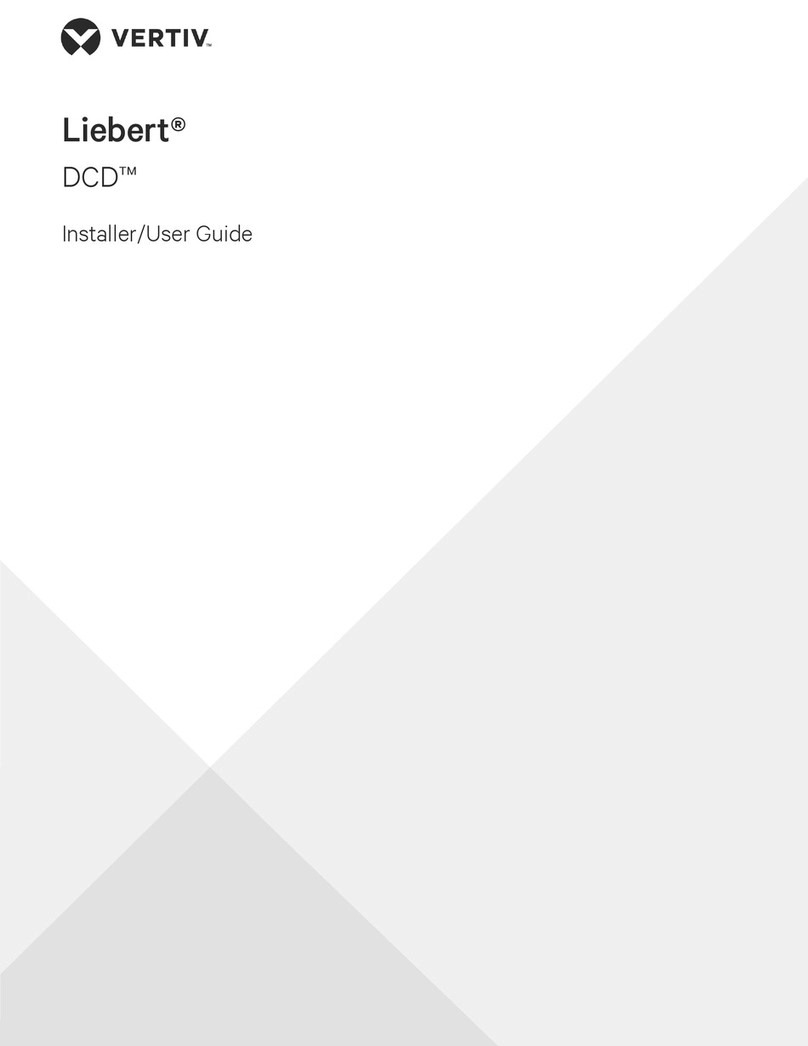
Vertiv
Vertiv Liebert DCD35 Installer/user guide
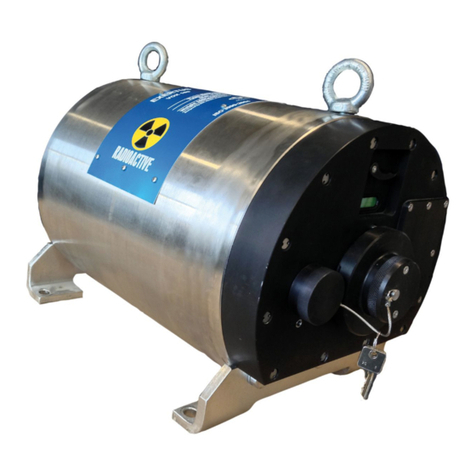
Oserix
Oserix EXERTUS VOX 100 Operation manual
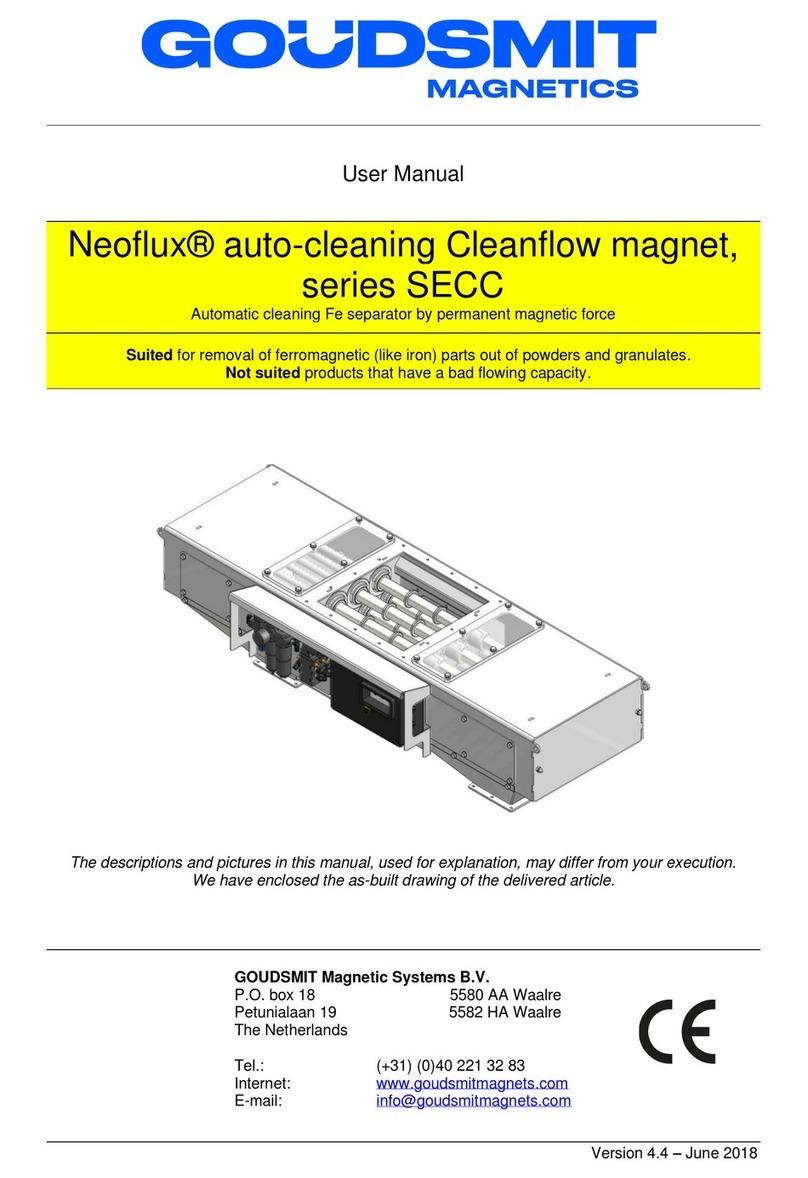
Goudsmit
Goudsmit Neoflux SECC Series user manual
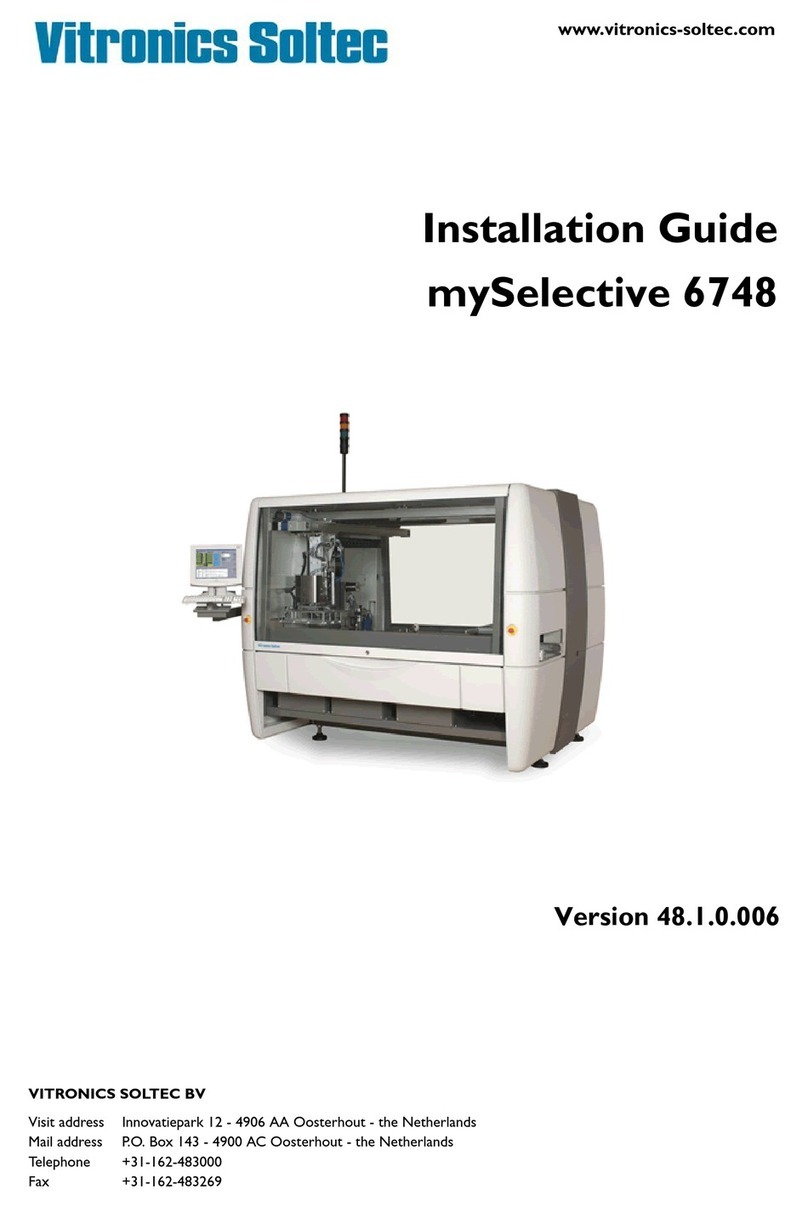
Vitronics Soltec
Vitronics Soltec mySelective 6748 installation guide
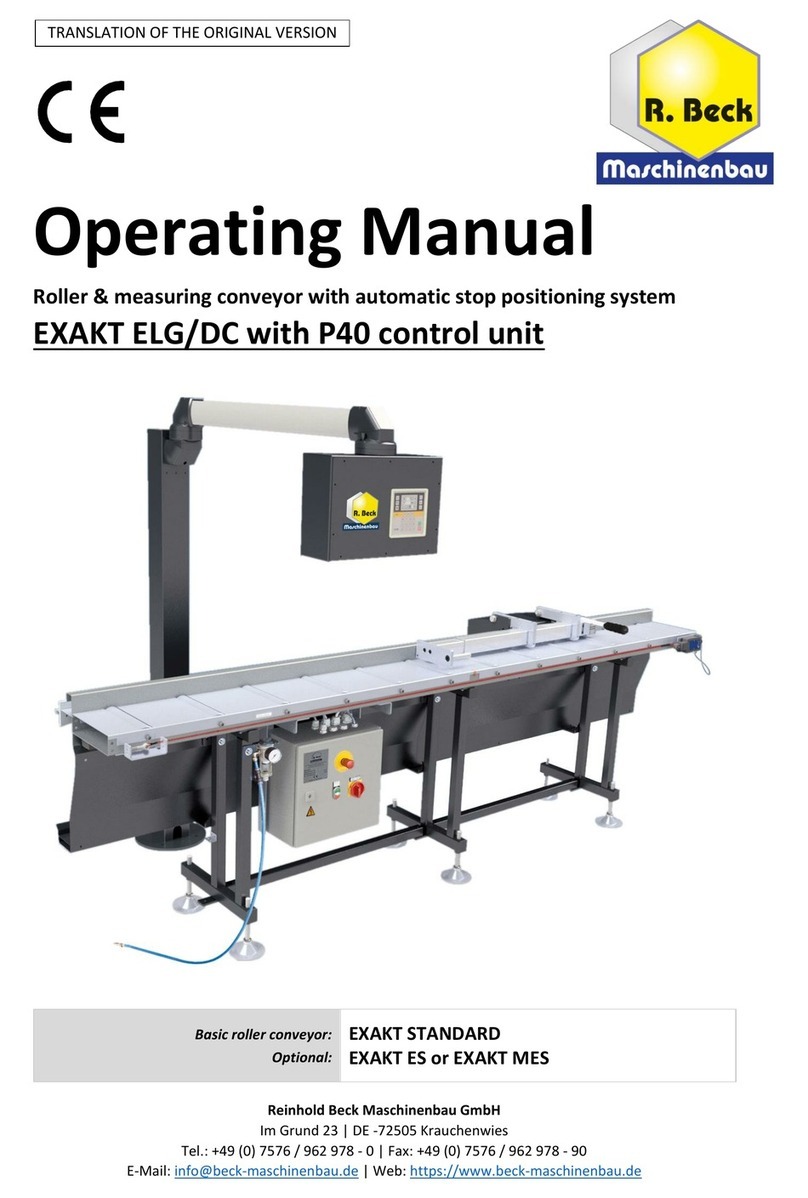
R. Beck Maschinenbau
R. Beck Maschinenbau EXAKT ELG/DC operating manual
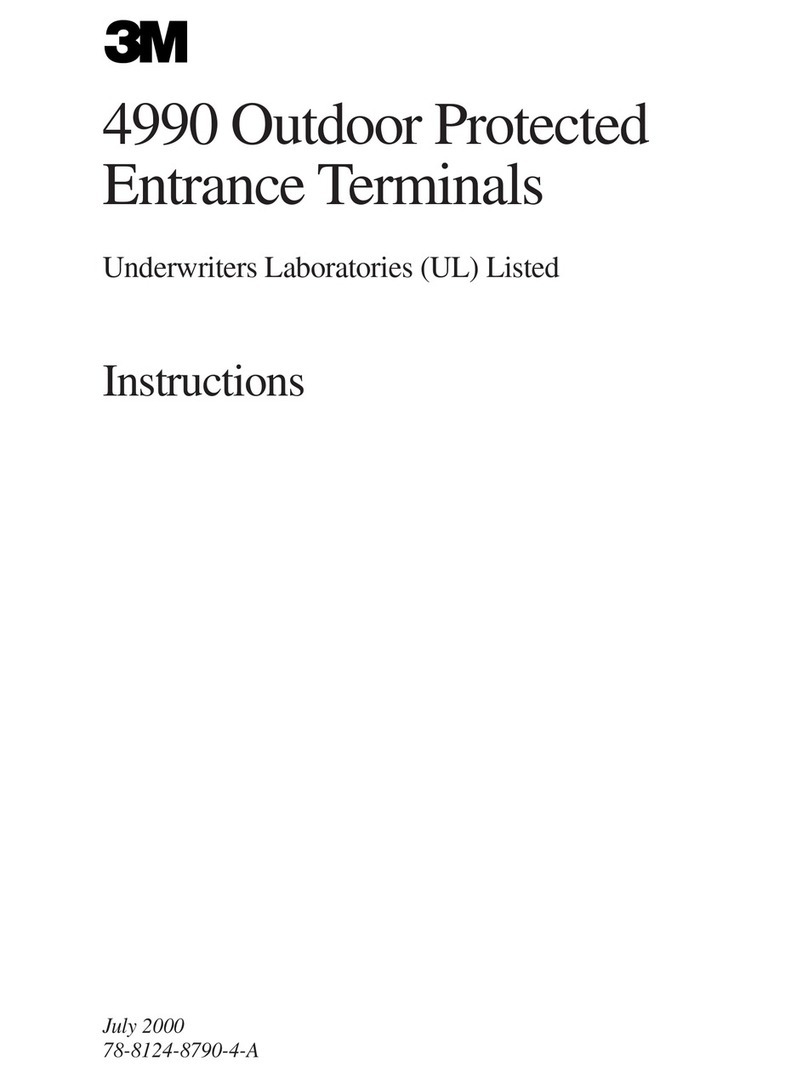
3M
3M 4990 instructions
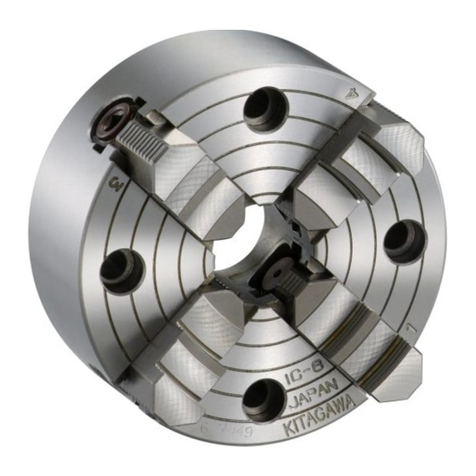
Kitagawa
Kitagawa IC instruction manual
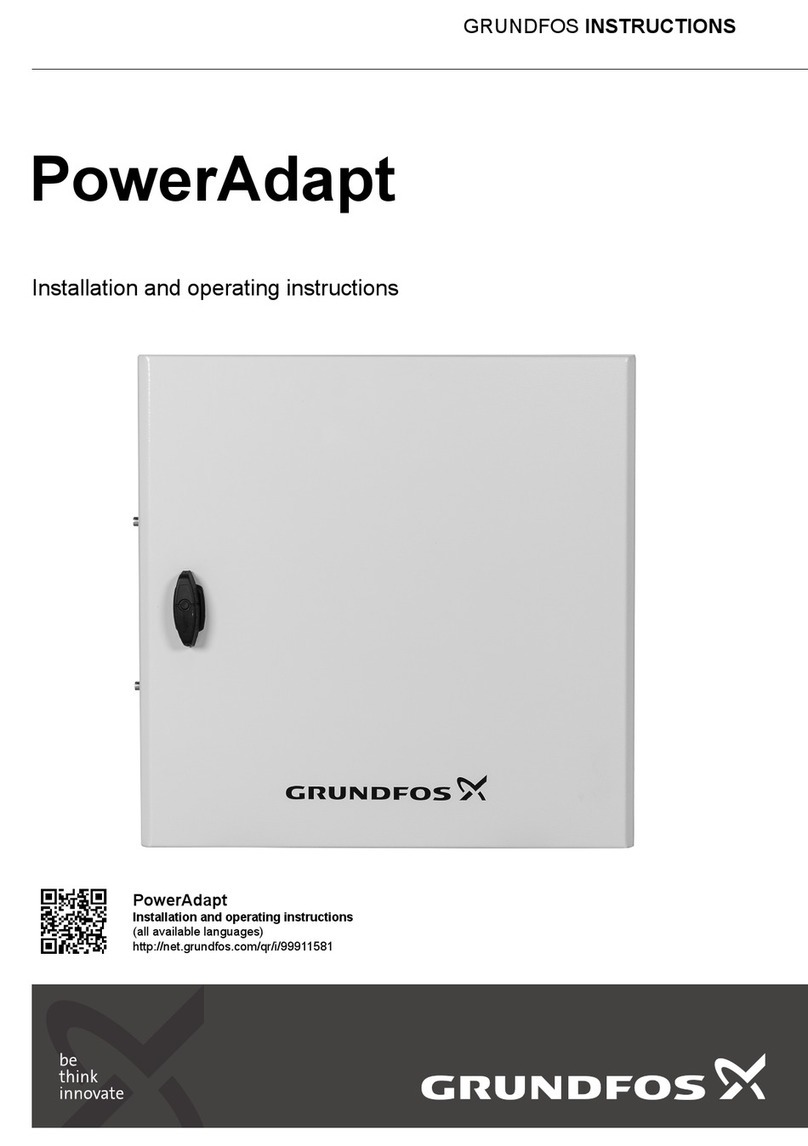
Grundfos
Grundfos PowerAdapt Installation and operating instructions
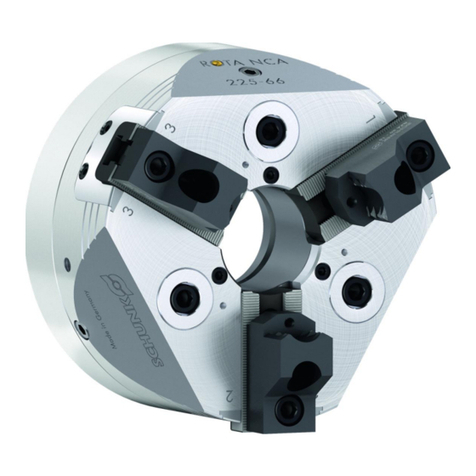
SCHUNK
SCHUNK ROTA NCA 160 Assembly and operating manual

Duro Dyne
Duro Dyne LS-5 owner's manual
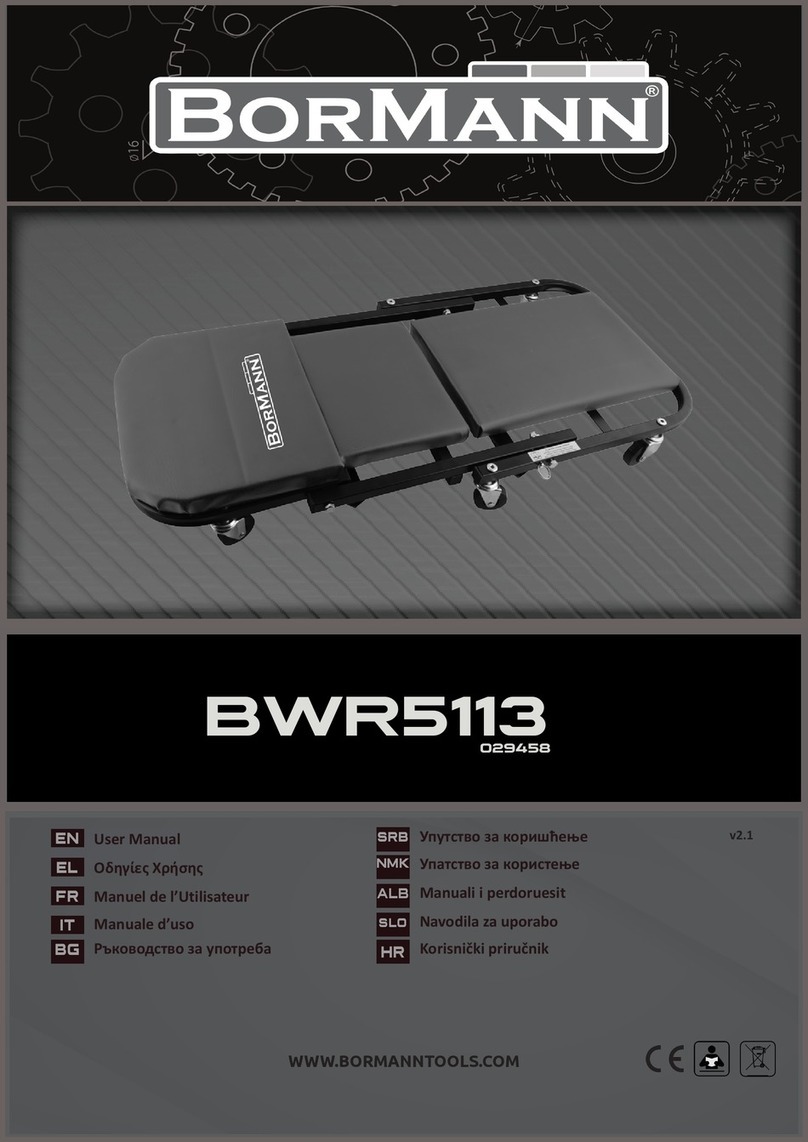
BorMann
BorMann BWR5113 user manual
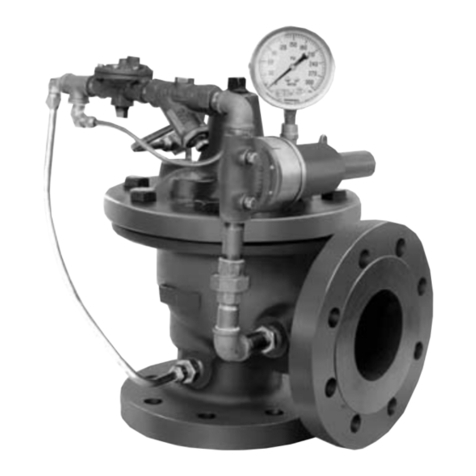
CLA-VAL
CLA-VAL 50B-4KG1 Installation, operation & maintenance manual
